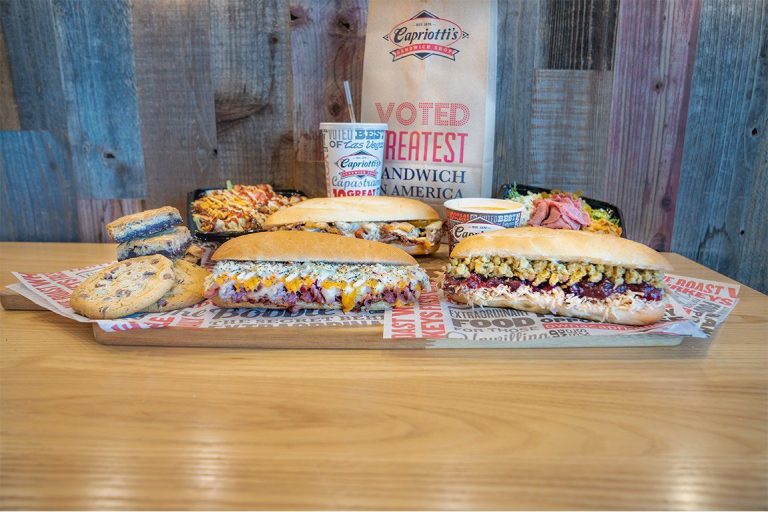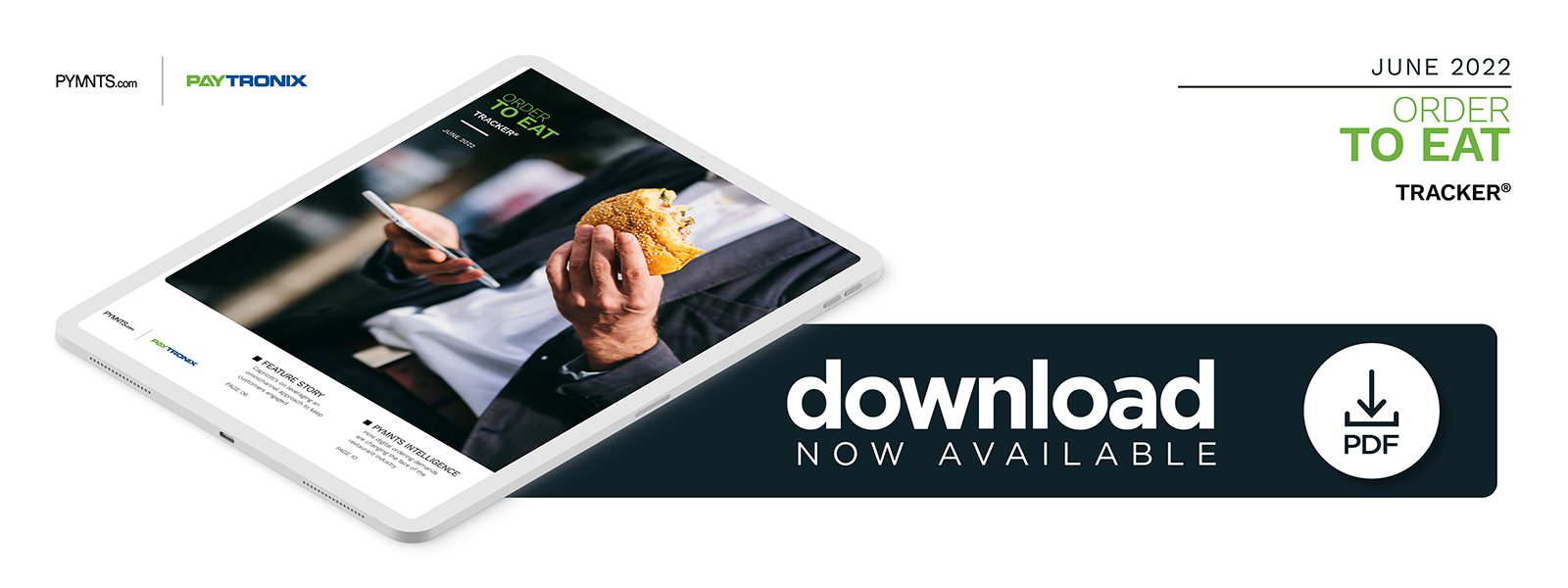Capriotti’s on Leveraging an Omnichannel Approach to Keep Customers Engaged

In the “Order To Eat Tracker,” Capriotti’s Sandwich Shop’s David Bloom tells PYMNTS how he’s merged marketing and ordering technology to personalize the customer experience.
There is no doubt that the pandemic has been brutal for the restaurant industry, but the reality is that some companies, despite the disruption, accelerated and even gained advantages from that acceleration, according to David Bloom, chief development and operations officer for fast-casual chain Capriotti’s Sandwich Shop.
“Some brands have been really hurt,” Bloom said. “A lot of that had to do with the momentum of the brand, of the trend [lines] for that company, going into the past. Having had a very strong off-premises business, we’re already comfortable with all those disruptions that were coming and had gotten really good at leveraging all the delivery service providers and technologies. We had a year or two of that under our belt.”
Consequently, leveraging mobile technology, omnichannel marketing and loyalty and rewards offerings became top priorities. The Nevada-based fast-casual chain has 112 company-owned and franchise locations across 16 states and the District of Columbia. Capriotti’s properties also include Wing Zone, an Atlanta-based chicken wing chain with 80 locations across 25 states. Capriotti’s has experienced record growth in revenues over the last couple of years despite the challenges inflicting the industry, according to Bloom.
“We certainly had a lot of challenges in terms of staffing, supply chain, closing restaurants and dealing with mandates, but from a global standpoint, we were [given advantages] with both of our brands,” he said. “At the same time, we have lots of friends in the industry that are great operators, and their companies were shut down for a couple of years. So, I feel that the macro doesn’t tell the story.”
How to Keep Consumers Coming Back
Bloom acknowledged the digital advantages Capriotti’s had in place already were what they leveraged as the pandemic began. This included mobile ordering with integrated digital payment technologies aimed at enhancing customer experiences.
“By the [start of] pandemic, we were already fully integrated,” Bloom said. “So, while we did have to get a permit on a few things like clothing, dining rooms, curbside pickup and ensuring the safety of the staff and the comfort and fun for consumers, those were not really that [difficult], because we already had the technology in place.”
What was paramount then and remains so today is meeting consumers’ expectations of both engagement and convenience, he said.
“Consumers know what they want, they know when they want it and they know how they want it,” he said. “Whoever satisfies that demand in the most convenient, seamless way that’s engaging to a consumer — that is who’s going to succeed.
Consumers have proven to be very loyal to brands that make it easy for them to engage with them and maybe even customize their experience in a way that they find relevant. We’ve had a lot of these interfaces, but how do we take them to the next level?”
Personalizing the consumer experience is where Capriotti’s has focused its efforts, Bloom said.
“Understanding who the individual customer is — and being able to speak with them and track their usage and their likes and dislikes — and then catering to them is what we’ve been focused on,” he said. “In that way, we know individual consumers, what their preferences are and how we can provide them with offers and opportunities relevant to that particular person. And then it means recognizing our heaviest users by rewarding them in a way that’s very special to them.”
Making the Most of Innovation
Capriotti’s wants to do business with an omnichannel approach. Bloom believes there has been a paradigm shift to where customers choose to do business with whoever makes that easy and seamless, and maybe even enjoyable.
“The big shift is in technology and marketing today,” Bloom said. “There is a very fine line between the two — and there’s probably no line. It is getting all these technologies to integrate or converge in a way that’s seamless, so that consumers can track their loyalty points and their payment methods, their menu preferences and their social media accounts. Getting all that stuff to integrate and converge is a challenge, but it’s also where our marketing dollars have been spent.”
All of that technology is available today, according to Bloom. The next level is back-of-house automation and how the delivery is being made. The company is in the early stages and testing all such innovations.
“When the crisis began, I started looking into the digital future,” he said. “Integration of all these technologies together is where things are at. The labor issue is not going to get better. So, it’s finding the very best partners to work with and that are going to integrate well. Choosing those partners is probably one of the biggest decisions we will have to make.”
